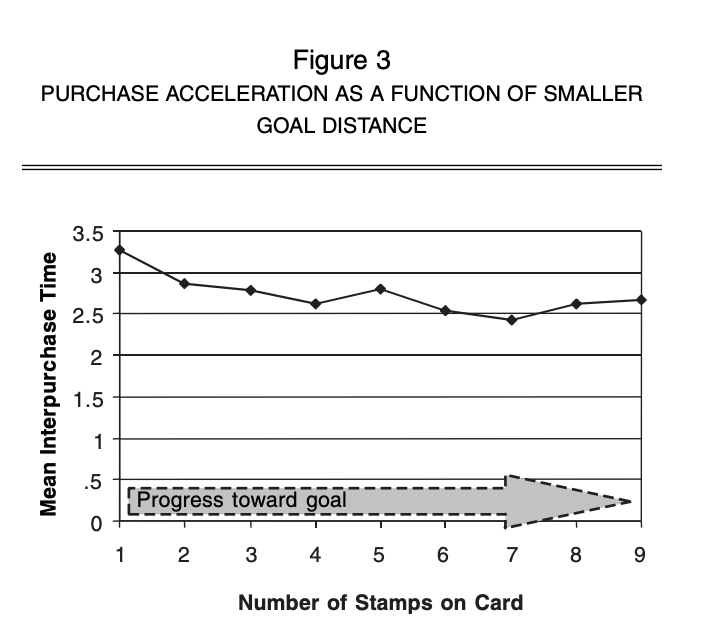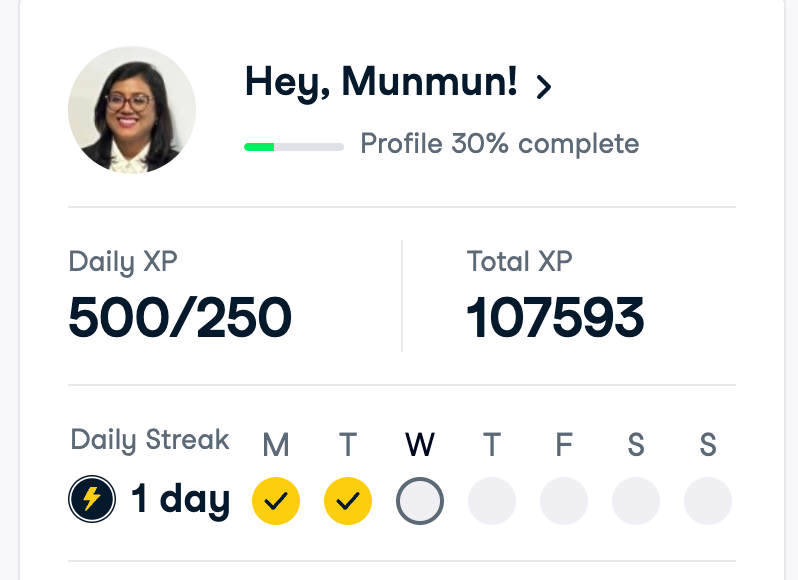37. Need Motivation? Understand Goal Gradience
Estimated Reading Time: 1 minute
A runner’s block has hit me. The triathlon event I am training for is a few months away. While I was highly motivated in the last few months, I feel a significant drop in motivation these days.
While I wondered what had hit me, I heard Phil Agnew’s latest podcast, Nudge, which talks about goal gradience - a psychological tendency where we feel high motivation at the start and end of a project. The middle sucks.
How does one get out of this painful middle phase of pursuing goals where it’s common to feel stuck?
Behavioral psychologist Clark L. Hull believed that as people get closer to a reward, they speed up their behavior and reach their goals faster. In other words, people are motivated by how much is left to reach their target, not how far they’ve come.
In a 2006 paper published in the Journal of Marketing Research, Colombian university research showed that goal gradience can be utilized to offer rewards that improve customer experience and loyalty.
They found that participants in a real café reward program purchase coffee more frequently the closer they are to earning a free coffee. The illusion of progress toward the goal induces purchase acceleration (e.g., customers who receive a 12-stamp coffee card with two preexisting “bonus” stamps complete the ten required purchases faster than customers who receive a “regular” 10-stamp card). They found that a stronger tendency to accelerate toward the goal predicts more excellent retention and faster re-engagement in the program.
Apart from coffee loyalty cards, other examples of real-life use of goal gradients are gamification elements like progress bars, badges, and profile completion percentages, such as those used by Datacamp, DuoLingo, LinkedIn, etc.
The idea of goal gradience is a powerful technique for segmentation, targeting, and offering promotions based on customers' progress toward achieving their goals.
What does it mean for those of us chasing long-term goals?
Three key things will keep us motivated:
Visualization of progress - We need to constantly see how close we are to the goal. So, having a large wall display to cross out each day as you approach a big event will make it more exciting each day.
Micro-goals—Big tasks need to be broken into smaller objectives. If you have a long-term event, sign up for several monthly events to keep you focused in the short term.
Exciting approach to goal—Apple Watch does a great job of reminding you how close you are to your fitness goals and pushing you to achieve them. Frequent notifications of approaching goal achievement will keep us motivated to keep going.







